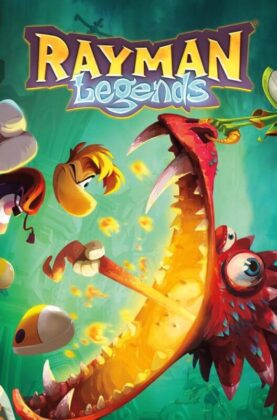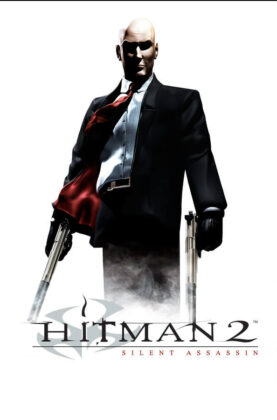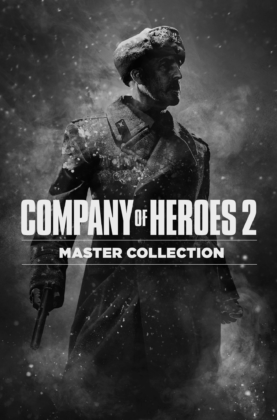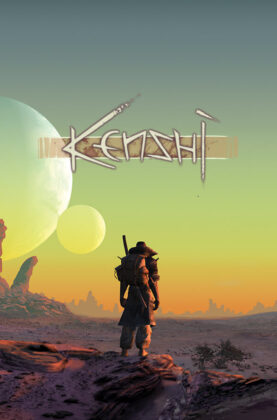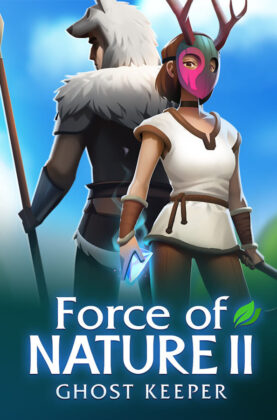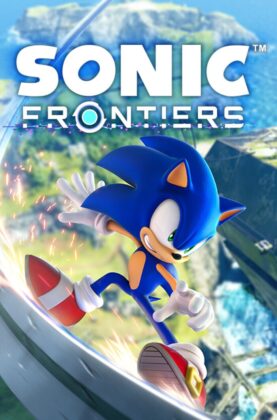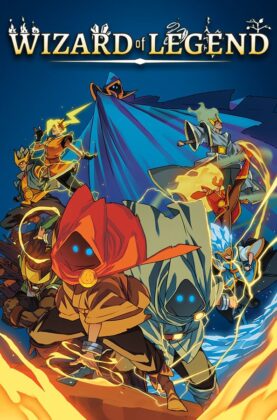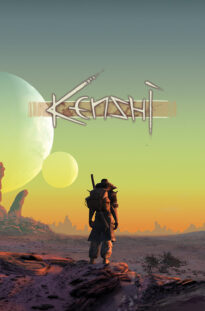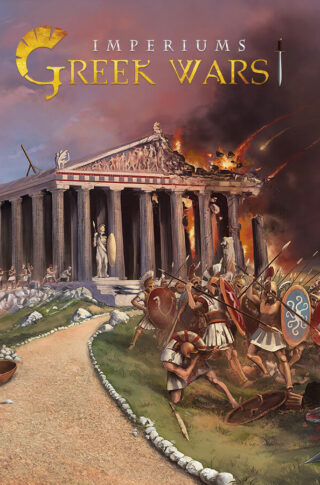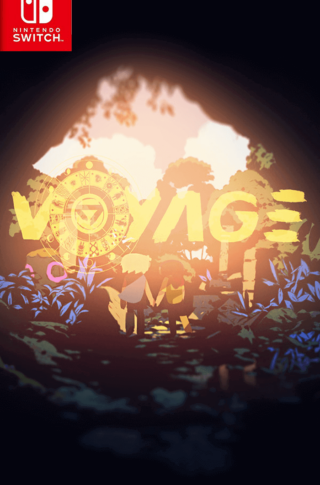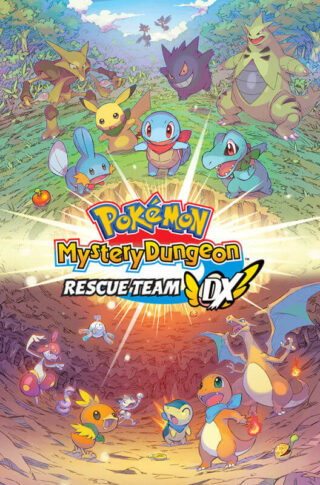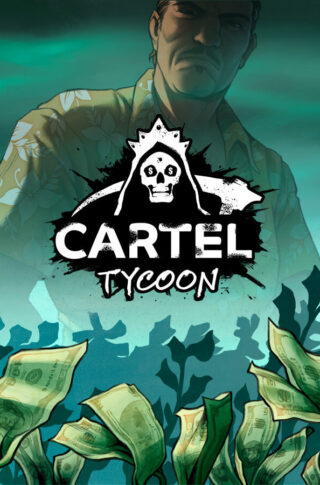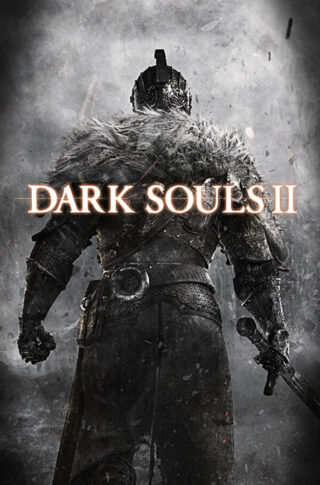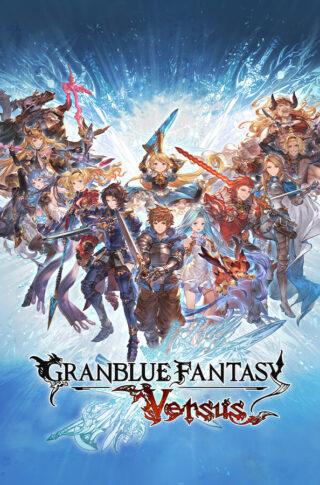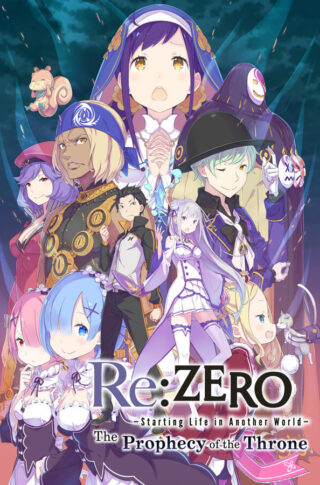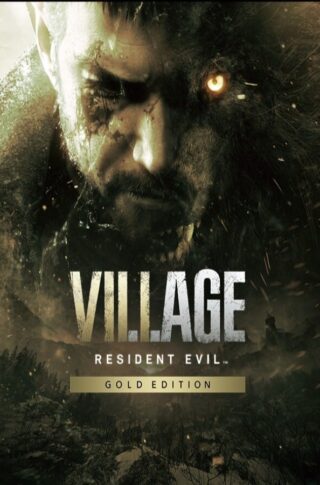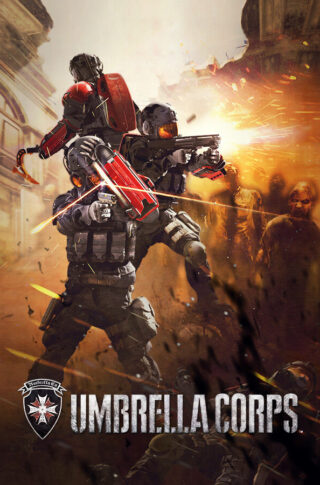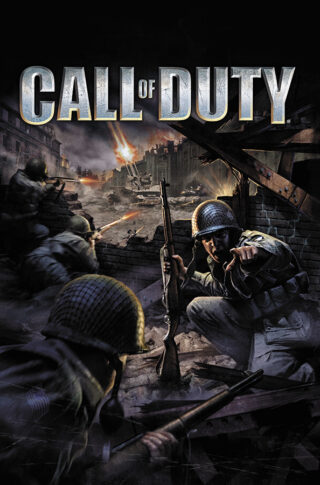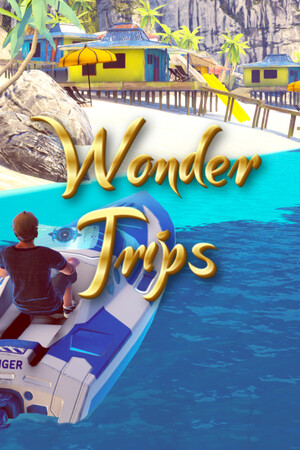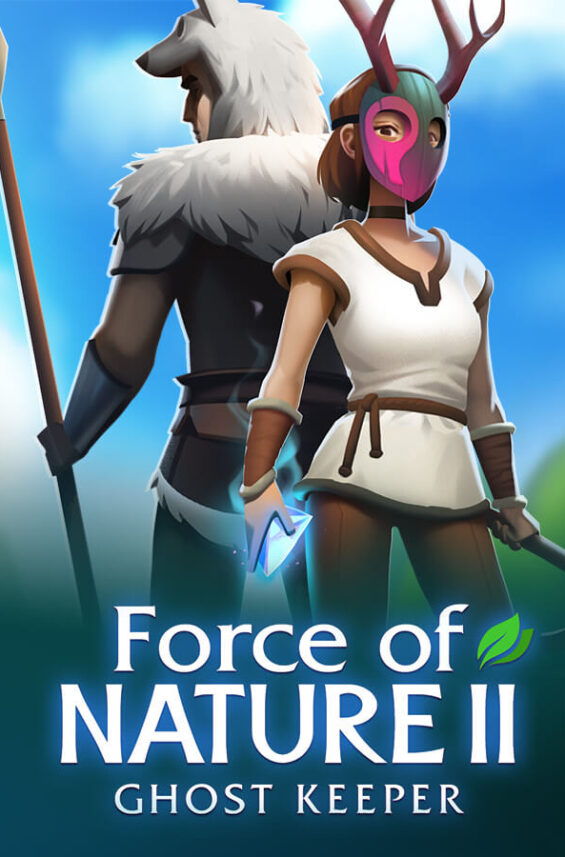
Force of Nature 2: Ghost Keeper Free Download
Force of Nature 2: Ghost Keeper Free Download Unfitgirl
Force of Nature 2 Ghost Keeper Free Download Unfitgirl An exciting and mysterious globe will launch before you, filled with unprecedented monsters and dangers at each step. You will have to gather resources, prepare meal, build houses and constructions, grow plants and make hybrids, tame and care for animals, craft clothes and weapons, war opponents and bosses, touch the globe of magic, solve the mysteries of the Force of Nature stone, restore the balance of power and search a method to receive home Force of Nature 2: Ghost Keeper offers wonderful journeys full of mystery, danger, exploration and magic. This title combines the categories of Survival, Sandbox, Action, journey, RPG, tactic and Resource Management. Ghost Keeper, like its 2016 predecessor, will be Force of Naturedescribed as a mixture of survival, sandbox, action, adventure, role-playing, strategy and resource management. You explore an unknown, procedurally generated game world with dynamic day and weather changes, collect raw materials, tame animals, set up accommodation, farm and fight fights – initially with primitive weapons and tools, later even with magic. In this post, I’ll talk about the most difficult task I had to implement: synchronization of the base. This synchronization included building/moving constructions, crafting items with bare hands and on tables, growing and gathering plants, feeding and controlling animals, and interactions with ghosts. The difficulty here was in a wide variety of closely intertwined mechanics. Synchronization of all these processes had to be done very carefully so as not to break anything. Unfitgirl.COM SEXY GAMES
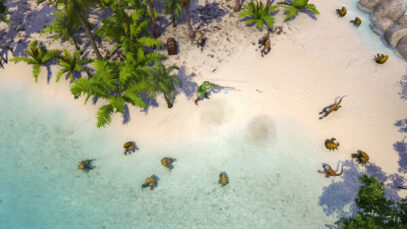
There were significant changes of code and – in order to make sure everything works correctly – I gradually uploaded these changes to Steam (I combined such changes of the mechanic with small updates and with new decorations). Because these changes can potentially break the game, I always try to update in the morning and regularly check the mail/Discord/forum in Steam during the day to see if there are bug reports. On several occasions, there were some bugs indeed, but they were quickly detected and fixed. As I wrote earlier, for multiplayer I had to make virtual images of all locations in order to be able to synchronize environmental objects between players if the players are in different locations. But I didn’t have to do this for buildings, because such a scheme has already been implemented for them. Even in single player, ghosts can work with some constructions while the player is traveling around the world, so I needed these buildings to be in memory all the time. Therefore, data on everything built by the player (i.e. position, state, items inside, etc.) is constantly stored in the computer’s memory within virtual copies of all constructions. This data storage architecture turned out to be very useful when implementing multiplayer. Because the image of each building is already in memory (even if the location itself with this construction is not loaded now), and each construction has an unique ID, this greatly facilitates synchronization; everything works exactly the same way as with the objects of the environment (bushes, stones, and items on the ground).
Crafting and building
The only difference is that, instead of virtual worlds made specifically for synchronizing environmental objects, I use virtual worlds made for ghosts. Therefore, the opening/closing of windows and doors, changing the mannequin’s poses, and the inscriptions on signs and portals were all implemented quite quickly. Chests and other storage units caused far more trouble. I had to significantly refine the system of resolving collisions between players’ actions to avoid, for example, such situations: several players simultaneously click on an apple in the chest and it goes into everyone’s inventory. Now, this system can also resolve conflicts of territories. For example, if two players want to build a construct on the same piece of land at the same time. All crafting takes place on the server computer. Clients process only their own manual crafting. Everything that happens on the tables, building of new constructions, growth of plants on seedbeds, etc. is processed by the server. I had to completely redo the way of measuring time intervals for crafting. In single player, when we teleport between worlds, the whole game is paused; time stops and all crafting freezes. In multiplayer, this behavior is unacceptable because if the server player teleports to another world and is currently loading another location, other players should still see that crafting on the table continues. There was also a lot of work with resolution of conflicts. Conflict resolution was especially difficult when using tables with built-in storages and when planting on seedbeds with the use of fertilizers that lie in a fertilizer storage. Monster Hunter Rise

The difficulty here is that one player can start crafting from items that are on the table and, at this moment, another player can take some resources from this table into their own inventory. Additionally, if one player plants flora with fertilizers then the other player takes these fertilizers from the storage. These tasks are not very difficult, but I had to think a lot on taking these possible scenarios into account. Synchronization of feeding animals was even more difficult, especially automatic feeding when the animal itself eats from the trough. In addition to resolving all possible conflicts with the animal itself and the trough’s inventory, I had to take into account the ability of the animal to reach the trough. Troughs are designed in such a way that if animals don’t have direct access to them, they will not be able to take food from there. And again, this becomes a problem if the server player is in another location. In single player this was not a problem; the availability of the trough could not change while the player was in another location. Therefore, when the player changed the location, each animal simply remembered the list of troughs to which it has access. In multiplayer, availability can change. While the server is fighting monsters somewhere in the swamps, the client can open some gates and make the trough available. All such moments require additional synchronization. Ghosts had the apotheosis of various mechanics interweaving; their synchronization was the most difficult moment in the whole game.
Feeding animals and controlling ghosts
Ghosts are characters, so their animations and position need to be synchronized. They also participate in crafting, they can be controlled, you can talk to them, they have their own settings (priority of work), they can interact with the story and progress, have scenario items in the pouch, etc. Ghosts are the only characters in the game, besides the main character, who can move around locations. Individually, these tasks would not be difficult, but here they all occur in one character. Therefore, when synchronizing each individual ability of the ghost, I had to keep all of their other abilities in mind so that everything worked smoothly. All of this took about two weeks and a lot of my nerves. Now, the good news. The list of tasks I gave earlier has already been fully implemented. The last thing added to it was the synchronization of monsters, bosses, scenario events, and the magic sphere. There is still one point I forgot to include in the list initially: synchronization of the mini map. In addition, I’m going to record a new trailer that demonstrates multiplayer capabilities. The game will need to be thoroughly tested and perhaps its balance will be slightly changed for several players. Let’s start with the attacks. The concept of an “attack” in the game is quite complex. Each attack has a lot of parameters – preferred target (what we click on), host of the attack, damage (physical / magical / poison), weapon material, effects (poisoning, slowing, burning, pushing, stunning, etc.). If it’s an arrow, then we have to factor in its appearance and flight path; same with a boomerang or fireball. MONSTER HUNTER WORLD Iceborne
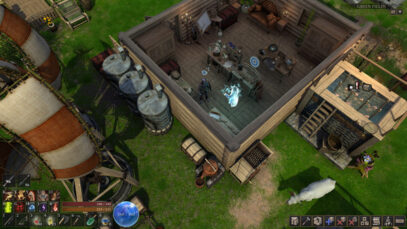
All of these effects do not have a save/load code, because they are not saved when you exit the game. Instead of creating code for writing/reading all possible effects (there are lots of them), I use a simple and logical step – I send only a link to the weapon as an inventory item. I’ve already implemented the sending of inventory items. The attacks of each monster are also already implemented through weapon items (i.e. each monster does not just store the damage it deals, but a link to a full-fledged item which is the same as the sword or spear that our main hero uses). The only exceptions to separate weapons include swamp water, a volcano’s vent in the bowels of the mountains, and cannons that guard the pirate boss. For multiplayer, I had to rewrite their code a bit and create a “weapon” for each of them to fix it. To synchronize the flight of an arrow, stone, needle, dart, fireball, etc., I don’t transmit the position of these items for every frame. I calculate the parameters of the equation of the parabola along which these items will fly, and transmit only these parameters. Other players, having received them, can easily launch the ammunition along the same trajectory. However, the other players’ client doesn’t try to determine the collision of the item with anything. It simply moves the arrow along the parabola until it receives a signal from the first player that the movement should be stopped and the item itself removed. The boomerang is synchronized in a similar way, but the trajectory there, of course, is more complex and the number of parameters is greater.
Jumping between locations
Synchronizing sounds, sparks, explosions, and other one-time effects is the easiest. You just need to tell other players at which point to play certain effects. To be able to transmit a link to the effect, I made a script that automatically scans all game files, gives each file a unique number and places these numbers into the dictionary, which allows it to quickly identify each file by its code. Synchronization of effects and sounds was one of the most pleasant tasks – there were no difficult moments, and the result was very noticeable! We can already see how other players are running around the map, interacting with the environment, cutting down trees, shooting arrows, using magic, etc. At this stage, I posted the second demo video. You have already seen it, but I will duplicate it here: The world in the game is divided into several locations. Moving players around these locations is not a problem. Going to another location, the player simply sends a signal to the server, the server redirects it to the other clients, after which they hide the corresponding character. The difficulty lies in the fact that locations are randomly generated when entering for the first time. If one of the clients goes to a location where no one has ever been before, that location must be created. This is what happens in a single-player game. So what’s the problem? In programming, it’s called RAM fragmentation. When the program works, it often allocates some pieces of memory, then releases, then allocates again, and so on. MONSTER HUNTER: WORLD
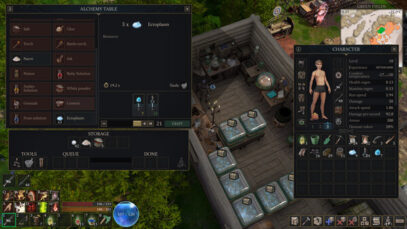
Then, over time, RAM becomes like a colander – small pieces of allocated and currently used memory are distributed throughout all available space. When we need to allocate memory for a new and very large chunk, the system understands that this chunk cannot be taken and the program crashes with the error “not enough memory.” Although, there would be enough free memory in total for this piece. This problem exists only in 32-bit operating systems. For 64-bit systems, the address space is so large that we will not be able to fill it with garbage. In the first part of the game, I encountered this problem because – in the early stages of development – I did not think about memory fragmentation. To generate a world, you need to allocate several fairly large chunks of RAM for the geometry of the level, its textures, grass, etc. If a player played for a long time in a ready-made game, then exited the menu and tried to start a new game, there is a high probability that the game would crash. To avoid this, I had to do a trick that – when trying to start a new game – the game asks the player to restart the application. As a result, RAM for the application was renewed and the game had a large chunk of memory without garbage. In the second part of the game (as I mentioned above), each location is generated when you first enter it, so I needed to protect myself from the fragmentation problem. To do this, when I start the game I immediately allocate several large memory buffers for future map generation and then use these buffers, if necessary.
To prevent these pieces of memory from being idle during the main game, the game uses them to store some information about the currently loaded level – height map, textures, and grass. Subsequently, it turned out that there was no sense in supporting 32-bit systems anyway and, as there is no problem for 64-bit systems, this approach turned out to be unnecessary. In the online game, it became a significant problem. If the client goes to a new location, then the server needs to generate this location, meaning it needs to free up memory buffers for this. But it uses them for the location that was currently loaded. Therefore, I had to significantly redo the memory management. What happens next? An apple is added to player A’s inventory and information is sent to the server (this was already mentioned in the previous post). However, the apple must be removed from the ground so that no one else can pick it up. Therefore, player A forms a data packet, places the apple in it, and writes the operation “update quantity” (equal to zero). Player B, having received this packet, will understand that the apple just needs to be removed, and will do it. Everything is quite simple, but this scheme does have its difficulties. Regarding simplicity, there are not many objects in the environment and include a tree (in the game a bush is also considered a tree), a stone, a plant, an item, and a decoration (which includes barrels, boxes, fences in the first location, and so on). There are not many actions that can be done with these simple objects.
Add-ons (DLC):Force of Nature 2: Ghost Keeper
| – | – | – | – | – | – |
| – | – | – | – | – | – |
| – | – | – | – | – | – |
| – | – | – | – | – | – |
OS: Windows 7 SP1+ (x64 only)
Memory: 4 GB RAM
Graphics: Any graphics card with DX10 capabilities, 1GB VRAM
DirectX: Version 10
Storage: 2 GB available space
Requires a 64-bit processor and operating system
OS: Windows 7 SP1+ (x64 only)
Memory: 8 GB RAM
Graphics: NVIDIA GeForce GTX 960 / AMD Radeon HD 7970
DirectX: Version 11
Storage: 2 GB available space
NOTE: THESE STEPS MAY VARY FROM GAME TO GAME AND DO NOT APPLY TO ALL GAMES
- Open the Start menu (Windows ‘flag’ button) in the bottom left corner of the screen.
- At the bottom of the Start menu, type Folder Options into the Search box, then press the Enter key.
- Click on the View tab at the top of the Folder Options window and check the option to Show hidden files and folders (in Windows 11, this option is called Show hidden files, folders, and drives).
- Click Apply then OK.
- Return to the Start menu and select Computer, then double click Local Disk (C:), and then open the Program Files folder. On some systems, this folder is called ‘Program Files(x86)’.
- In the Program Files folder, find and open the folder for your game.
- In the game’s folder, locate the executable (.exe) file for the game–this is a faded icon with the game’s title.
- Right-click on this file, select Properties, and then click the Compatibility tab at the top of the Properties window.
- Check the Run this program as an administrator box in the Privilege Level section. Click Apply then OK.
- Once complete, try opening the game again
NOTE: PLEASE DOWNLOAD THE LATEST VERSION OF YUZU EMULATOR FROM SOME GAMES YOU MAY NEED RYUJINX EMULATOR
- First you will need YUZU Emulator. Download it from either Unfitgirl, .. Open it in WinRar, 7ZIP idk and then move the contents in a folder and open the yuzu.exe.
- There click Emulation -> Configure -> System -> Profile Then press on Add and make a new profile, then close yuzu
Inside of yuzu click File -> Open yuzu folder. This will open the yuzu configuration folder inside of explorer. - Create a folder called “keys” and copy the key you got from here and paste it in the folder.
- For settings open yuzu up Emulation -> Configure -> Graphics, Select OpenGL and set it to Vulkan or OpenGL. (Vulkan seems to be a bit bad atm) Then go to Controls and press Single Player and set it to custom
- Then Press Configure and set Player 1 to Pro Controller if you have a controller/keyboard and to Joycons if Joycons. Press Configure and press the exact buttons on your controller After you’re done press Okay and continue to the next step.
- Download any ROM you want from Unfitgirl, .. After you got your File (can be .xci or .nsp) create a folder somewhere on your PC and in that folder create another folder for your game.
- After that double-click into yuzu and select the folder you put your game folder in.
- Lastly double click on the game and enjoy it.

